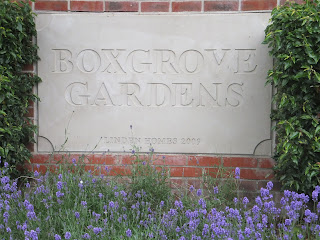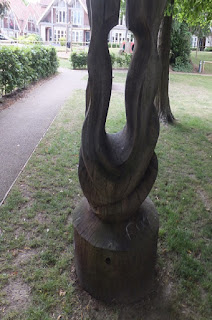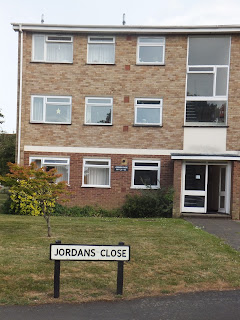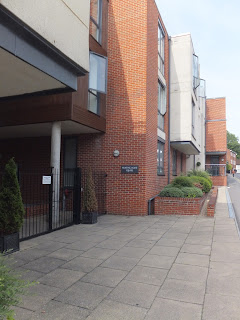After much conjecture and rumour we now know that the Bank of
England has decided to half the base rate down to just 0.25%, after a period of
7 years in order to bolster the economy following the decision to BREXIT. This
will inevitably benefit some mortgage payers and offer little, or no hope, to
savers relying upon their nest egg for financial support during their
retirement.
Figures produced by the Council for Mortgage Lenders suggest
that the amount left to pay on each home loan in the UK is £116,000 and there
are 11.1m households paying a mortgage. The calculation that will interest
these mortgage payers is that yesterday's 0.25% interest rate cut will save
them just £22 on a monthly mortgage bill of £779. The Office for National
Statistics (ONS) calculated this figure based upon a typically priced home of
£211,000 after paying a 20% deposit. The Bank of England has also put
additional measures into place to ensure the banks pass this lower rate on to
their customers.
Those on bank rate tracker mortgages will see an immediate
affect because their loans vary according to the interest rate that goes up or
down in direct relation to the Bank of England's decision to increase or
decrease the bank rate. One in five mortgage holders have this type of loan.
The Bank's intention is to reduce savings to encourage
consumers and businesses to make purchases and investments to boost the state
of the economy. However, those who save their money to generate an additional
income, rather than spend are the people to suffer. The current average
interest rate on an easy access savings account is 0.65%. If savings are to
reflect the reduction in base rate the interest paid on these accounts will
fall to 0.4%.
So, for example, if a person has saved £10,000 in such an
account, they will receive a measly £40 a year in gross interest, which is £25
less than before the cut. How can you live on that and what can you do to
improve your financial returns?
No doubt there are many people in this situation especially
here in Guildford where young couples bought their property in the 1970's and
now in 2016 their mortgages are paid off; the family has flown from the nest
and while they rattle around in their large house are wondering how to seek a
high rate of return on their investments.
One answer is to downsize and
therefore take equity from their properties but no doubt this is the money that
is sitting in their easy access savings account earning little interest.
Secondly, they may have allocated their funds to property for their children
helping them onto the first rung of the property ladder, when ordinarily this
may not have been achievable without their parent's investment.
It is the combination of low savings rates and the lack of
affordability in housing for first time buyers here in London and the South
East, that is driving the housing market at present. In this case the answer to
low savings rates may well lie in property and making it your investment
vehicle.
It is a well-known fact that property typically doubles
every 10 years. For those in Guildford it definitely has! My parents purchased
a 3 bedroom linked detached house in Guildford in 1962 for £2,000. A similar house
in the same street, sold last year for £520,000 which is considerably more.
Realising that this was the best and proven way to invest my
savings I educated myself with the UK's leading property investors and became a
member of a property mastermind group, sharing opportunities with, and
providing support to, other property investors.




























